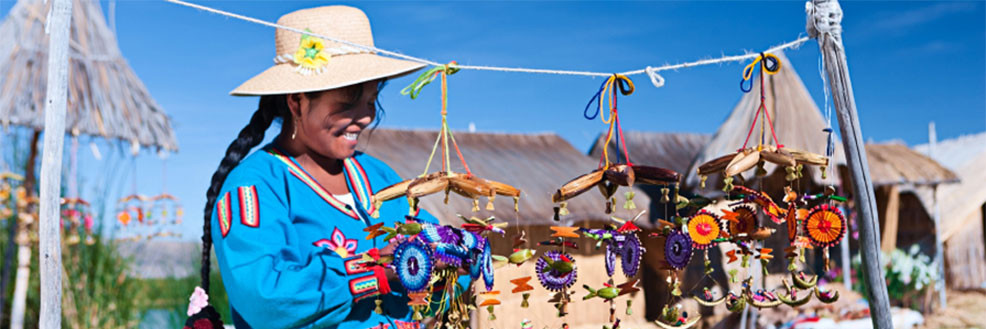by Lora Cracknell
According to the World Health Organisation, 285 million people are estimated to be visually impaired worldwide; 39 million of these are fully blind. This past month, Sussex DevSoc, in collaboration with the School of Global Studies, hosted a vibrant and interactive workshop; Innovation in Global Eyecare.
The workshop gave insights into contemporary issues of health care provision, innovations under development, as well as assistance being delivered globally by NGOs and governments. The main driving force for the gathering was trying to answer the question “what more can be done, and how can we do it?”
Daniel Hajas, a visually-impaired student in the Department of Physics and Astronomy at Sussex, opened the workshop by introducing us to Grapheel, his initiative to bring easy access to visual STEM (Science, Technology, Engineering and Mathematics) data to blind and visually impaired students. With its roots in a research and development project that Daniel undertook for his course, Grapheel’s iOS app, currently under development, will allow users access to a network of volunteers with STEM knowledge, who can quickly identify and describe visual resources for them.
In addition to this, the Grapheel team is working on a device which ‘will act as a kind of interactive braille tablet, allowing blind and visually impaired users to access visual data through touch and sound.’ Daniel and Grapheel’s belief is that everyone should be afforded the same access to such data, regardless of physical barriers.
Also speaking was Tom Rosewal, CEO of Vision for a Nation, a UK-based charity that supports local governments to provide their citizens with affordable eye care. The enigmatic CEO spoke about his time in Rwanda, where Vision for a Nation launched their pilot programme, with great success.
By 2017, Vision for a Nation will have changed the landscape of eye care in Rwanda entirely. Not only will they have screened over 1 million people, provided glasses for 300,000 people and referred 250,000 more serious cases onto hospitals, but will have created a nationwide eye care service that is fully resourced and integrated into the national healthcare system.
The question set by the workshop was, what can we do to turn the tide on the staggering amount of the world’s population being diagnosed as visually impaired or fully blind? Splitting into groups to reflect on the afternoons presentations and to share our own knowledge enabled us to come up with the following:
- There is a great need to raise more awareness. The discussion groups collectively identified a number of ways this could be achieved; worldwide and national awareness days, education in schools, and increased media attention all pave the way for discussion and innovation.
- Emphasis must be placed on early-intervention strategies. 80% of all visual impairment can be avoided or cured, but not enough resources are being channelled in the right direction.
- Finally, programmes like the one piloted by Vision for a Nation will only work if local governments and relevant ministries are fully on board.
Speaking more about this final suggestion, Rosewal highlighted that Rwanda has only enjoyed such success through Vision for a Nation because of good governance, strong and progressive leadership, broad and effective infrastructure, and intolerance of corruption.
He also warned against donor countries becoming too dependent. Vision for a Nation’s attempt to counteract this has been assistance with capacity-building, with the eventual goal of full withdrawal from Rwanda so that government there can work to achieve the same results on their own.
What is left for us to do, then? The workshop was a great example of how, when thoughtful heads come together, results can be achieved. Vision for a Nation and Grapheel both show that through forward thinking and collaboration, vast change can be made where it was not always believed possible. We must learn to think critically to fill in the gaps, to work effectively without creating dependency, and to continue to push eye care to the forefront of the global health arena.



Leave a Reply